Is the Fujin on the South Korean banknote from China?

There are quite a few looks in Korean dramas that feature the Ming Dynasty clothing fujin (a type of headscarf). Maybe many people have the preconceived notion that the fujin is Korean. In fact, the fujin originated in China, and its style has basically remained unchanged. However, it seems that this type of fujin rarely appears in domestic costume dramas set in the Ming Dynasty. Are they afraid of “being compared to” Korean dramas? It’s really strange that this is a very popular accessory, yet it shows up so infrequently in dramas from its own country. Anyway, it’s high time to say that the fujin look is definitely not exclusive to Korean dramas! There were fujin – styled costumes on this year’s Spring Festival Gala. Hopefully, the Chinese fujin will become well – known to people around the world.
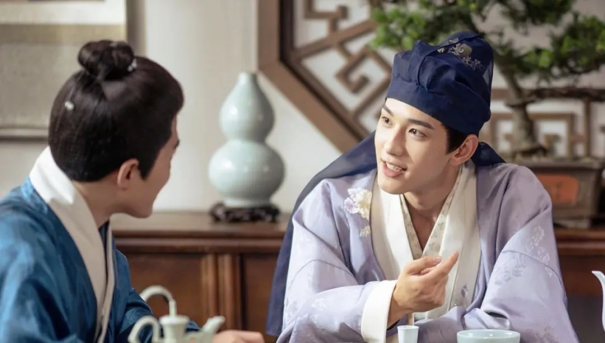
Ⅰ. What is a fujin?
The fujin, also known as a jizé (巾帻) or pàtóu (帕头), was commonly worn by ancient scholar – officials and Confucian scholars. A fujin refers to using a whole piece of silk cloth to wrap around the head. It was mostly made from a single piece of silk cloth, which was about three chi in both length and width. It was wrapped from the forehead to the back of the head, and the cloth was tied tightly, with the remaining part hanging down naturally at the back, usually reaching down to the shoulders. When made of fine silk, it was called a “jiān jīn (缣巾)” and was mostly worn by nobles and refined scholars. It can be said that if one were to travel back to ancient China, during the Ming Dynasty, those wearing this kind of hanfu headscarf were all learned scholars.
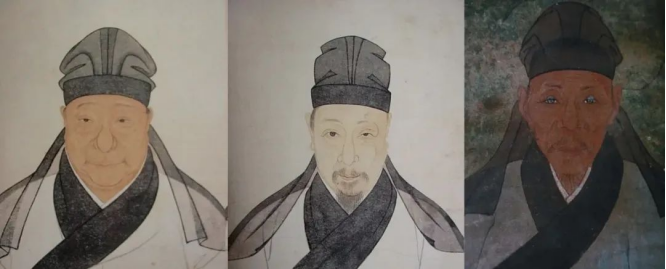
In China, the earliest mention of the “fujin” can be found in Biographies of Zheng Xuan in the Book of the Later Han Dynasty (《后汉书·郑玄传》), which states, “Zheng Xuan did not wear the court attire but met guests wearing a fujin.” This shows that Zheng Xuan chose the more simple fujin instead of the court attire when meeting guests. However, the early fujin was rarely seen in paintings and can be understood as a kind of head – wrapping accessory similar to a “headkerchief”. Generally speaking, the style of the fujin that we recognize today became a widely popular headdress during the Song and Ming dynasties. As verified by cultural relics from the Ming Dynasty, it was usually made from a silk fabric that was three chi square (that is, both the length and width were three chi, the approximate length is 93.3 centimeters).
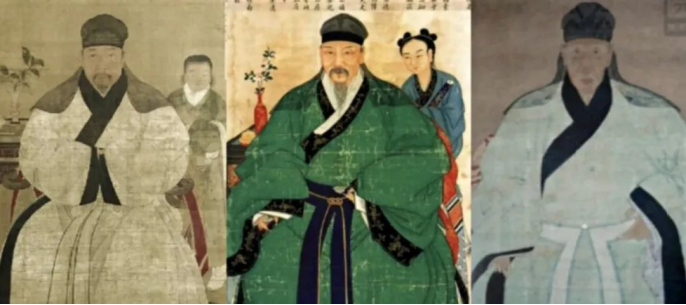
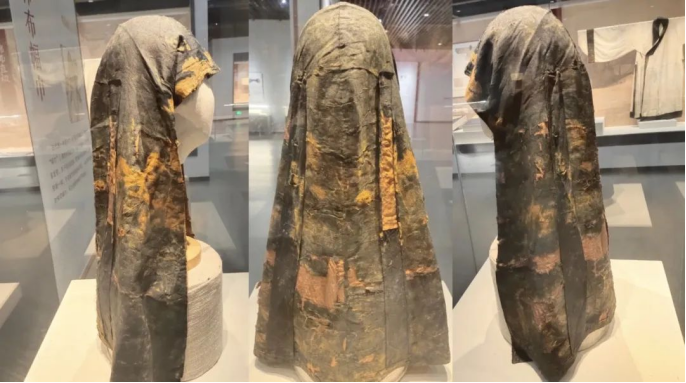
Ⅱ. How to wear
The following is a reference for the way to wear it: When wearing it, wrap this headscarf from the forehead around the back of the head to cover the hair, and then tie it tightly. As recorded, “Pass it over the top of the head from outside the headscarf and then tie it, with the ends hanging down.” That is to say, after tying the two straps at the back of the head, the straps should hang down to the front. Most of the headscarves are long enough to reach the shoulders, and many can even reach down to the back.
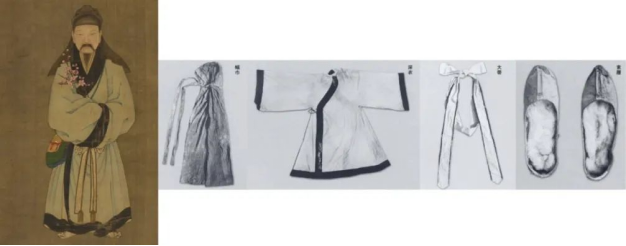
During the Song and Ming dynasties, the fujin was closely linked to Confucian culture and became a necessary item for solemn occasions such as sacrifices and ancestor worship. Many great Confucian scholars showed themselves wearing a fujin, shenyi, and square shoes when paying homage to their ancestors and Confucius, expressing their respect for and inheritance of traditional culture.
Ⅲ. Fujin Culture
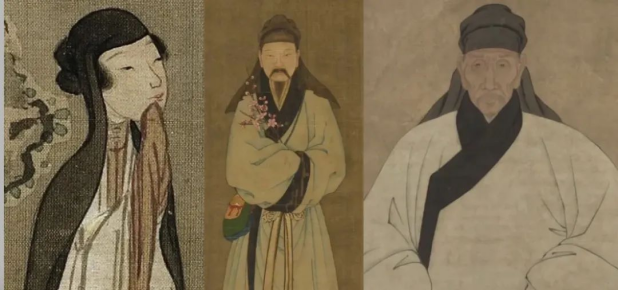
At first, the fujin was highly regarded as a headwear for the literati and the aristocratic class. By the end of the Ming Dynasty, with the rise of the fashion of women dressing up as men, wearing a fujin gradually became a new trend in women’s clothing. For example, Liu Rushi liked to wear a fujin. She believed that it not only reflected the wearer’s sense of fashion but also demonstrated an elegant and scholarly temperament.

We also can’t help but mention the look of Xu Xian in the Spring Festival Gala. It was really eye – catching. Turns out that female performers can also play charming male roles extremely well. The fujin is truly an accessory that suits both men and women.
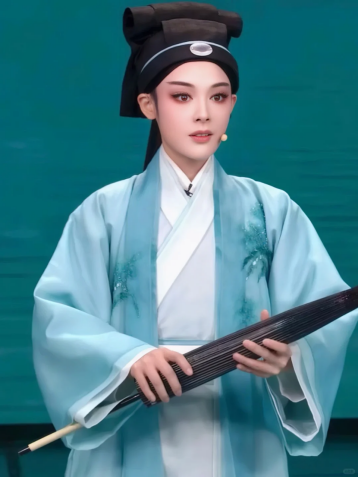
The Korean fujin was influenced by the Ming – Dynasty fujin in China. However, it was mostly worn among children and students in Korea. Generally, it was less commonly worn by Korean scholar – officials, while adult scholars wore the Jeongjawan.
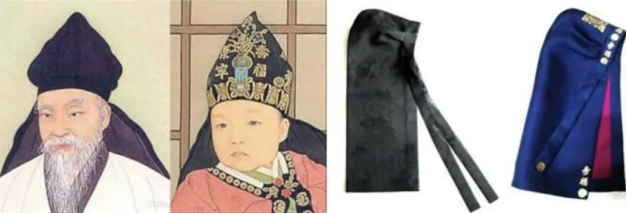
The first – generation Confucian master in Korea, Yi Hwang, is printed on the 1,000 – won South Korean banknote. He is wearing a fujin. Interestingly, Toegye himself didn’t like wearing the fujin. He thought the fujin resembled the headscarf worn by Buddhist monks. As a result, he led a large number of Confucian scholars to abandon the fujin and choose the Chengzi scarf instead.
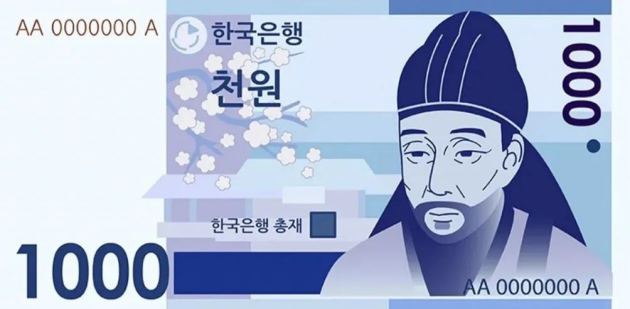
The Chengzi scarf is the one on the 5,000 – won banknote. The image depicted is Yi I. Its style is based on the Dongpo scarf (东坡巾) and the Jeongjagwan in China, but with a more exaggerated shape, giving the impression that flower petals are blooming on the top of the head.
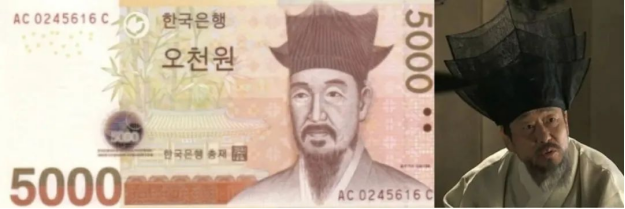
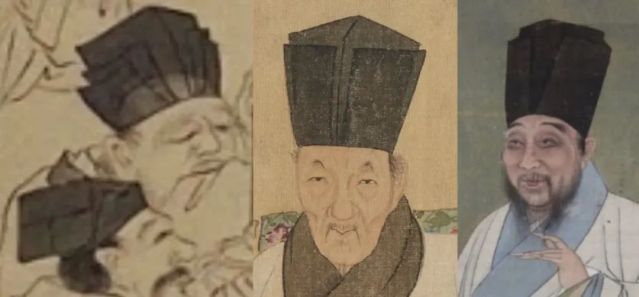
Liu Ruoyu, a person in the Ming Dynasty, mentioned in Zhuozhong Zhi (《酌中志》): “The long scarf is made in the style of the Dongpo scarf, with two square leaves hanging down at the back, similar to the style of the Chengzi scarf.” This indicates that in the Ming Dynasty, the single – eaves scarf and the double – eaves scarf, which were inherited from the Dongpo scarf and the square scarf styles in the Song Dynasty, had single – layer and double – layer versions. They were similar in appearance, and there were two long strip – shaped leaf – like cloth pieces hanging down at the back. This kind of scarf is called the Chengzi scarf.
Summary
It’s a pity that this domestic clothing culture is always “overlooked”. Over the years, in costume dramas, it seems that only a few shows have featured the fujin, and the scenes with it are very limited. It has to be said that our promotion of clothing in film and television is still insufficient! However, there are still many Hanfu enthusiasts who like to wear the fujin to take photos. Since there aren’t enough appearances in dramas, let photos make up for it.
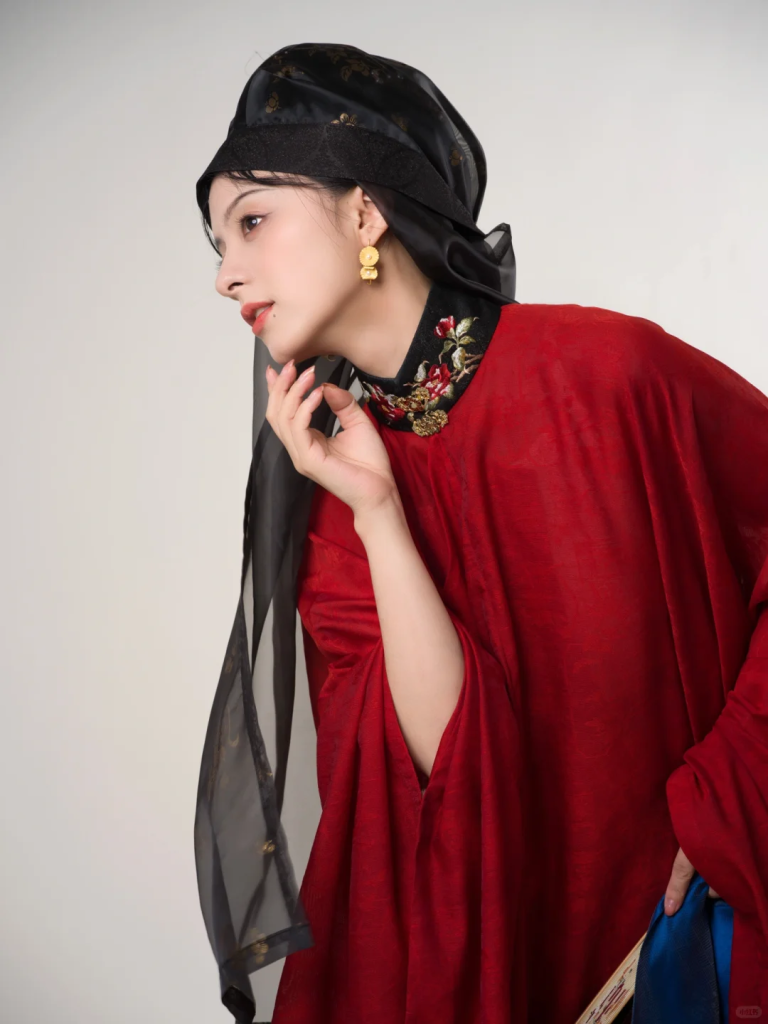
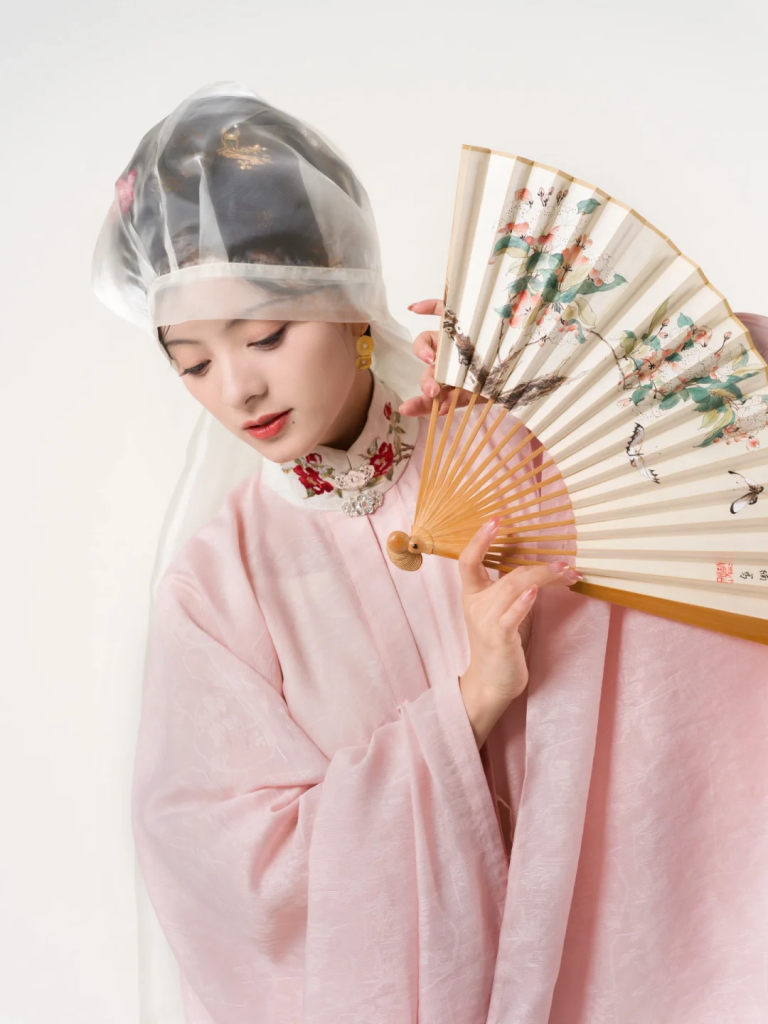
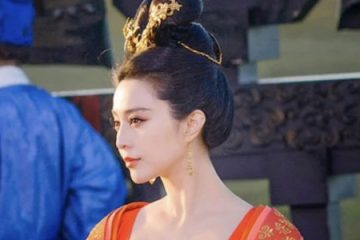
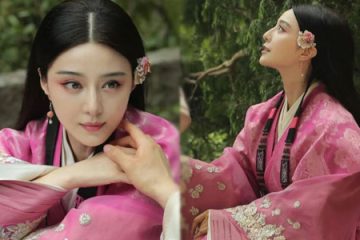
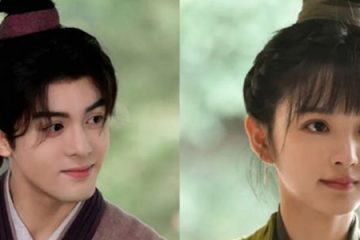
0 Comments